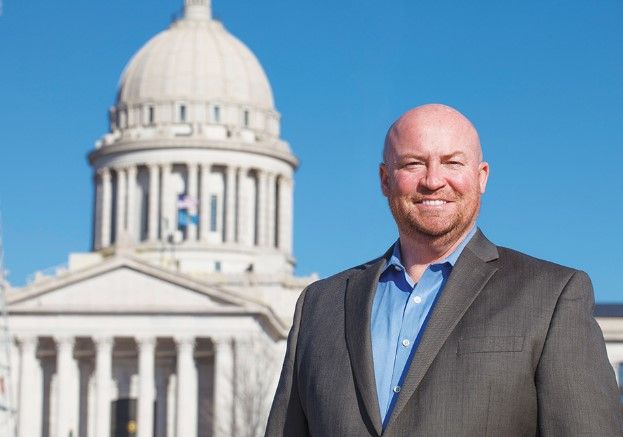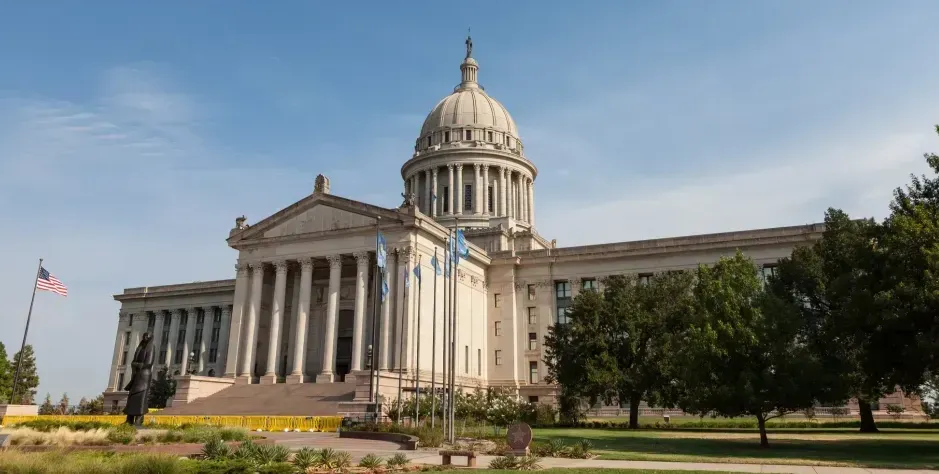Standing Up for Critical Warning Services
The Oklahoma Institute for Child Advocacy (OICA) was formed with the primary mission of ensuring the voices of Oklahomans are heard when it comes to developing better policies which benefit the children of our state.
For almost 42 years, we have led efforts to better educate Oklahomans on how to effectively share their message with policymakers at all levels. We champion policies for the level allowed within our nonprofit status.
Nationally, conversations are being held regarding the downsizing of emergency management services for Americans. Part of this is shifting the cost for efforts to local governments rather than the federal government. This will simply increase tax burdens on states, territories, and municipalities.
Public broadcasting, among functions slated for cuts, plays a key role in providing alert systems. Visiting with Rachel Hubbard, the executive director of KOSU Radio, I learned that under the updated Oklahoma Emergency Communications Plan, almost all radio outlets, regardless of format or ownership, in rural areas depend on an Oklahoma public radio station to air these warnings and alerts during emergencies through an interconnected system.
The authors of the Oklahoma Emergency Communications Plan and the Oklahoma Association of Broadcasters years ago approached public radio in the state to take over this critical distribution role. This was because the federally funded Public Radio Satellite System is one of two FCC-required pathways into the state for national alerts and presidential warnings.
Public radio stations in the state depend on these federally funded systems, including the required tests of the national alert and presidential warning systems. Interconnection funds also subsidize the Public Radio Satellite System (PRSS), which is operated by National Public Radio on behalf of rural radio stations that cannot use the internet or microwave links to deliver programming to tower sites. This system, even subsidized, is already extremely expensive and the site is also vitally important for Oklahoma’s emergency warning system.
If you are not aware, four pages within the “Project 2025” proposal for overhauling government call for dramatic changes to how the feds will reduce their part of emergency alerts, including the suggestion to privatize alert systems, placing the cost solely on those who could or would pay out of pocket to get warnings over the phone or radio.
OICA has created an online petition for anyone to sign, which will soon be shared with members of the United State Congress, Homeland Security Secretary Kristi Noem and President Trump, calling for continued funding support for the National Oceanic and Atmospheric Administration (NOAA), the U.S. National Weather Service (NWS), and the Federal Emergency Management Agency (FEMA).
This petition calls for officials to:
- Immediately reverse federal staffing cuts and restore full funding to the NWS and do a thorough, proper review of services provided and staffing needs available to provide support and proper research (which also seeks to protect the center in Norman).
- Preserve and protect the FEMA as a critical federal agency — not dismantle it.
- Invest in disaster science, communication tools, needed infrastructure too costly for rural and lower income areas, and emergency coordination for areas of need across the country, not cut them.
- Protect the NOAA National Severe Storms Laboratory and other essential facilities from any cuts.
- Work with state and local emergency management services to aid critical areas of need.
- Investigate what went wrong in Texas to ensure that it does not happen again.
Anyone who shares OICA’s concern about the weather prediction cuts can go to https://tinyurl.com/NWSPetition to sign the petition. You should also contact your members of Congress directly. Together, we can ensure policymakers hear our concerns about averting future disasters and protect American lives from severe weather conditions.











